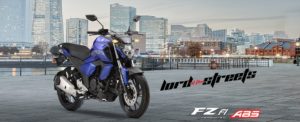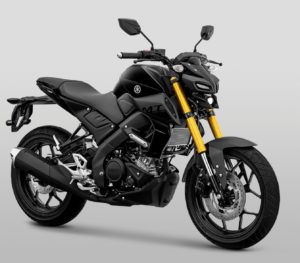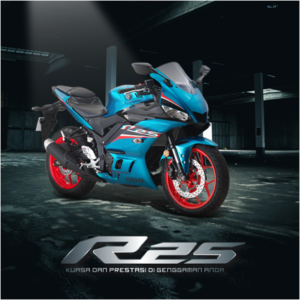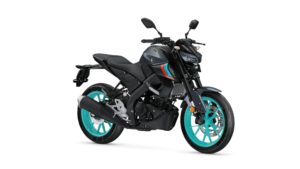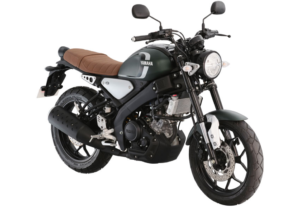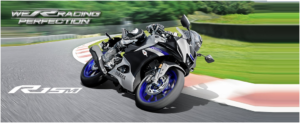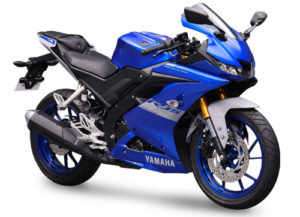Yamaha RX 100 Specs and Review
Read our detailed review of the Yamaha RX 100 Check specs for all year models, best insurance options, spare parts, and top competitors
Yamaha RX 100 Review
November 1985 marked the release of the Yamaha RX 100, which immediately became popular among bike enthusiasts. This bike set a benchmark for the times motorcycles, especially two stroke bikes, changing people’s perspective about motorcycling. While this bike was released decades ago, loads of people are still interested in it.
Yamaha manufactured this bike after conducting some experiments after the RD 350s failure. This bike was incredibly quick but burned through a lot of fuel. Eventually, the manufacturer addressed this problem by releasing the RX 100. This bike was incredibly fuel efficient and addressed most, if not all of the faults present in the RD 350.
This bike was not too fancy and had an elegant, simple look. It had a single flat seat, ring shaped headlights, chrome fenders, analogue instrument cluster, headlight casing and an exhaust. The RX 100 was available in Silver, Red and Blue colors and came with multiple handy accessories which included a luggage carrier, saree guard and crash bar.
RX 100’s engine included a reed valve, air cooling system, seven port torque induction, all of which helped it generate 7500 rpm along with a 10.39 max torque. Believe it or not the RX 100 from Yamaha rivaled most 125 cc motorcycles during that time, which was possible because of its incredible output and kerb weight of 103 kg.
This bike came with front suspension, telescopic forks, wing arm (five adjustable) on its rear side, 10.5 liter fuel tank 145 mm ground clearance and drum brakes of 140 mm. Unlike most 100 cc bikes available these days, the RX 100 had wire spoked wheels instead of alloy wheels. Yamaha also installed an instrument console on this bike (three-piece) with the left section consisting of the high and neutral beam light, the right one containing the key area and the central section having the speedometer. The indicator lights were on the far right and left ends.
While the Yamaha RX 100 had plenty of features that made it stand out, some of the key ones included the Kayaba suspension, low seat height, low seat height, excellent torque and power. Yamaha claimed that this bike could reach a 110km/h top speed, which many riders tested and learned that it was indeed true.
This bike was discontinued many years ago, but people can still buy used ones online or from various auto dealers. What’s more, some rumors suggest that Yamaha plans to relaunch the RX 135 and RX 100 soon, with four stroke engines. However, the manufacturer has not made any official announcement as of yet.
Yamaha RX 100 Specs
Best Motorcycle Insurance For Yamaha RX 100
There are some great insurance options for the Yamaha RX 100. We recommend you fill out the complete both of the simple quote forms from both All State Insurance and the Life Gains company and assess your best option.
Where To Buy Spare Parts For Yamaha RX 100
We’ve found the best places to purchase spare parts and OEM replacement parts for the Yamaha RX 100. Check out the three options below to find the best deals.
Yamaha RX 100 Top Competitors
These following options may not necessarily be considered the top competitors. They are, however, the most common comparison requests for this model.
FAQs
Related Reviews & Motorcycle Specs
Check out some of the specs and reviews related to the Yamaha R1
Image: (Source)






